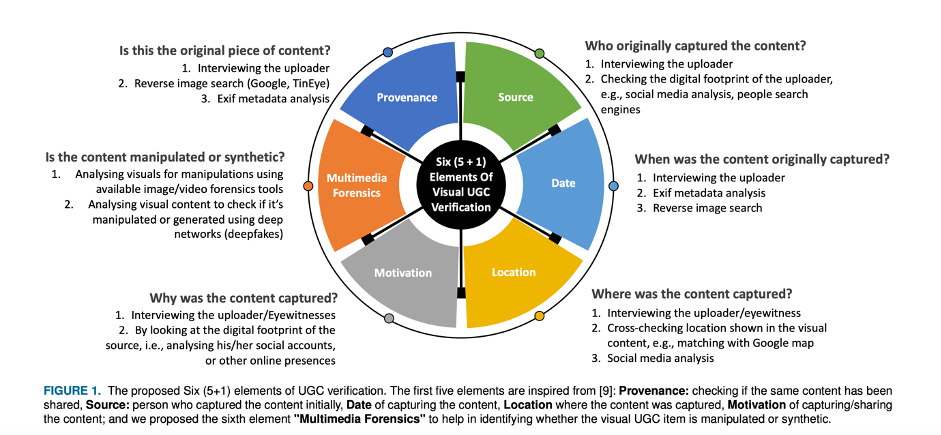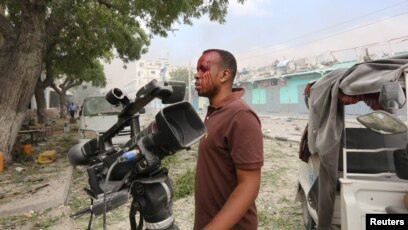Reporting on atrocities, especially in a digital context, requires great sensitivity and responsibility. Here are some guidelines for digital reporting on atrocities:
- Verify Sources and Information
One of the fundamental principles of digital reporting on atrocities is to verify sources and information rigorously. Before sharing or reporting on any incident, it’s crucial to ensure the credibility of the sources and the accuracy of the information. Use multiple reliable sources to cross-verify the details of the incident.

- Protect the Safety of Victims and Witnesses
The safety and security of victims and witnesses should be a paramount concern. Avoid sharing information that could jeopardize their well-being. Use pseudonyms or blur faces and identifying details in photos and videos. Consider the risks associated with geotagging, and be cautious when sharing information that could reveal the location of vulnerable individuals.

- Avoid Sensationalism and Graphic Content
While the public has a right to know about atrocities, it’s essential to present information responsibly. Avoid sensationalizing or exploiting the suffering of victims. Share graphic content with a content warning, and consider whether sharing such content serves a legitimate journalistic or humanitarian purpose.

- Respect Cultural Sensitivities
Atrocities can occur in diverse cultural contexts, and it’s essential to respect local customs and sensitivities. Be mindful of religious, cultural, and ethical boundaries when reporting on these issues. Seek input from local communities or experts to ensure your reporting is culturally sensitive.
- Seek Informed Consent
If you plan to interview or photograph victims or witnesses, always seek informed consent. They should understand the potential consequences and risks of sharing their stories or images. In some cases, this may not be possible, and utmost care should be taken to protect their identities.

- Protect the Identity of Journalists and Activists
Journalists and activists reporting on atrocities can also be at risk. Use secure communication channels, encrypt your data, and avoid sharing sensitive information about your location or travel plans. Protecting your own safety is essential to continuing your work effectively.
- Fact-Check and Verify User-Generated Content
User-generated content, such as social media posts, can be a valuable source of information. However, it can also be manipulated or misrepresented. Always verify user-generated content by cross-referencing it with reliable sources and corroborating evidence.

- Foster Accountability
Digital reporting on atrocities can play a crucial role in bringing perpetrators to justice. Document evidence methodically and share it with relevant authorities or international organizations, while respecting the safety of victims and witnesses. Collaborate with human rights organizations and legal experts to build a case against those responsible.
- Use Technology Responsibly
Leverage technology responsibly when reporting on atrocities. Tools like blockchain, which can secure the authenticity of data, and encryption for secure communication can be invaluable. However, remember that technology can also be used against you. Be vigilant about cybersecurity.
- Promote Responsible Social Media Use
Social media platforms are often the first point of contact for news and information. Be responsible in your social media reporting by providing context, citing sources, and debunking false information. Avoid sharing unverified information or rumors.
- Promote Ethical Reporting Practices
Train and educate journalists and activists about ethical reporting practices in the digital age. This includes understanding the impact of their work, the importance of objectivity, and their responsibility to the public and victims.

- Engage in Self-Reflection
Digital reporting on atrocities can be emotionally challenging. Engage in self-reflection to ensure that your work does not lead to emotional burnout or desensitization. Seek support when needed and prioritize self-care.
A Toolbox for Journalists Covering Violent Conflict and Atrocities
Conclusion
Digital reporting on atrocities is a powerful tool for shedding light on human rights abuses, fostering accountability, and mobilizing support. However, with this power comes a great responsibility. The guidelines outlined in this article emphasize the importance of accuracy, safety, ethics, and responsible technology use. By adhering to these guidelines, we can help ensure that digital reporting on atrocities serves its intended purpose of making the world more aware, just, and compassionate.

Leave a Reply